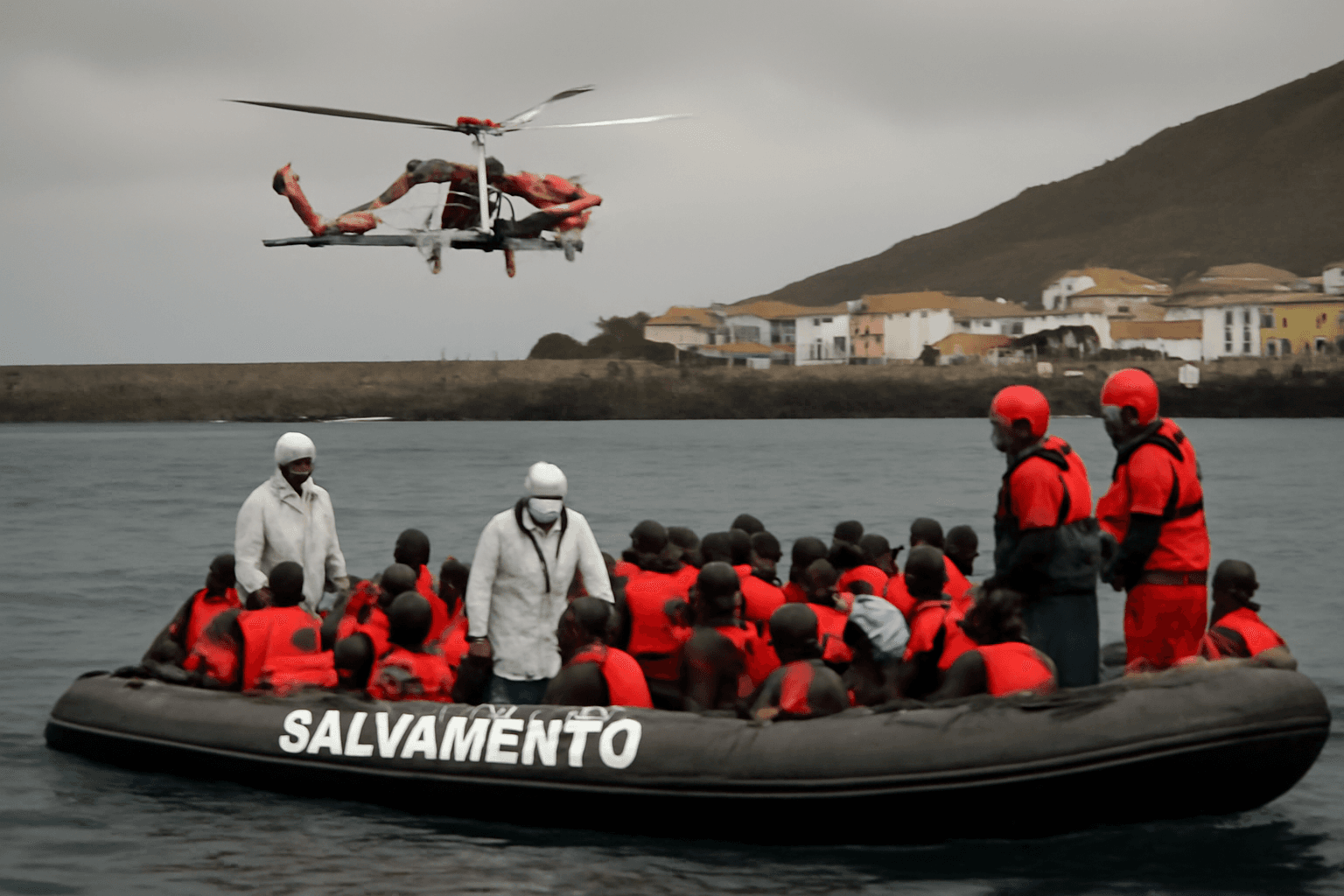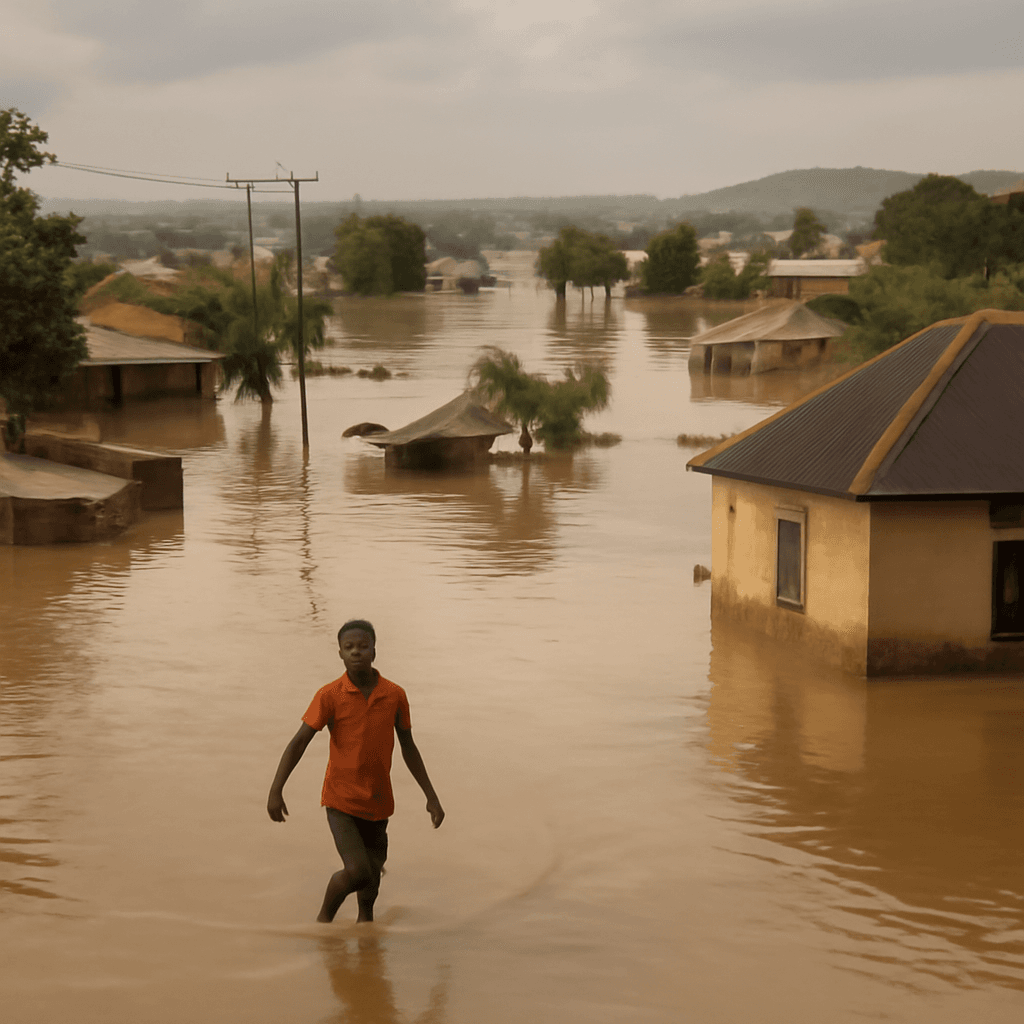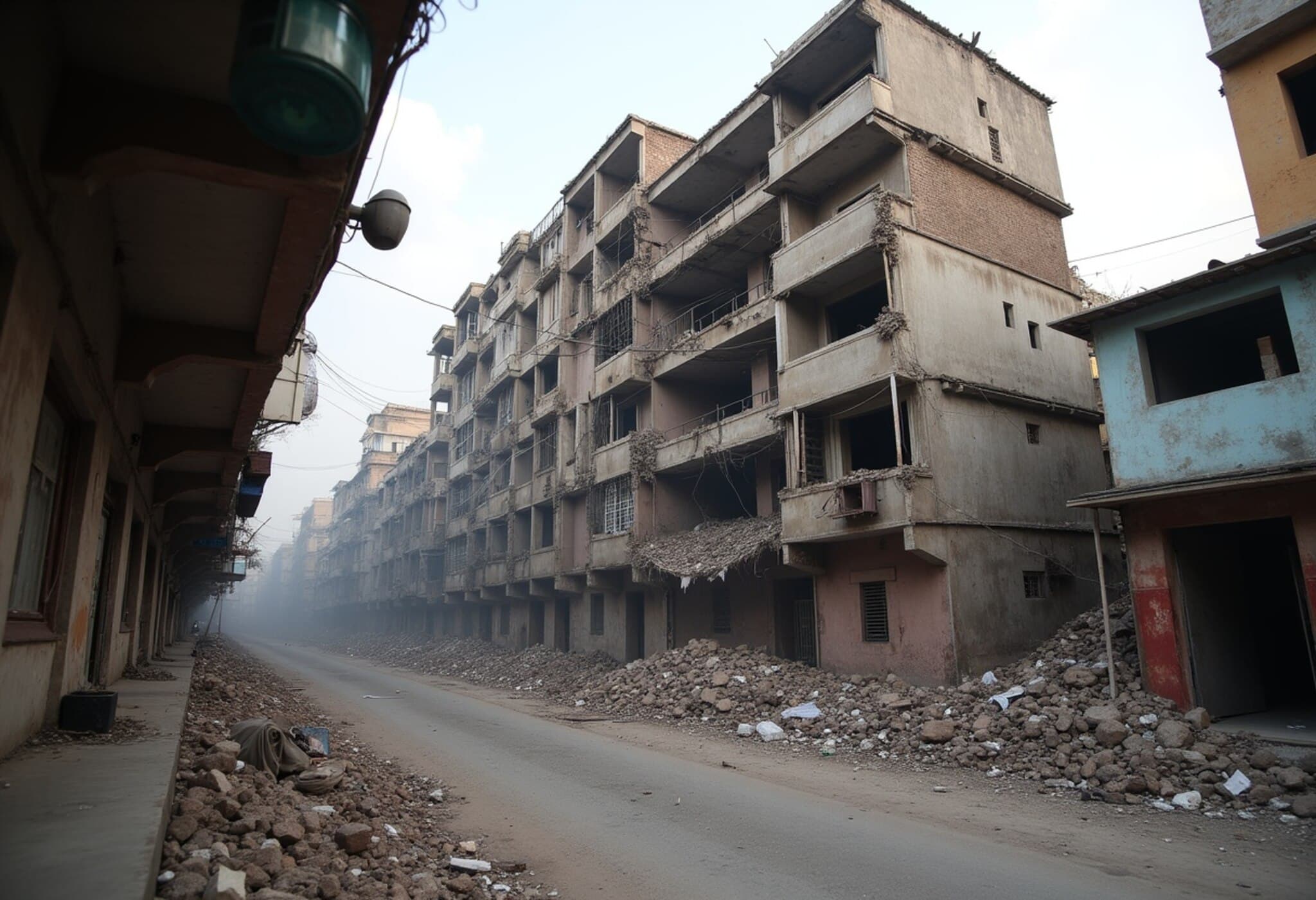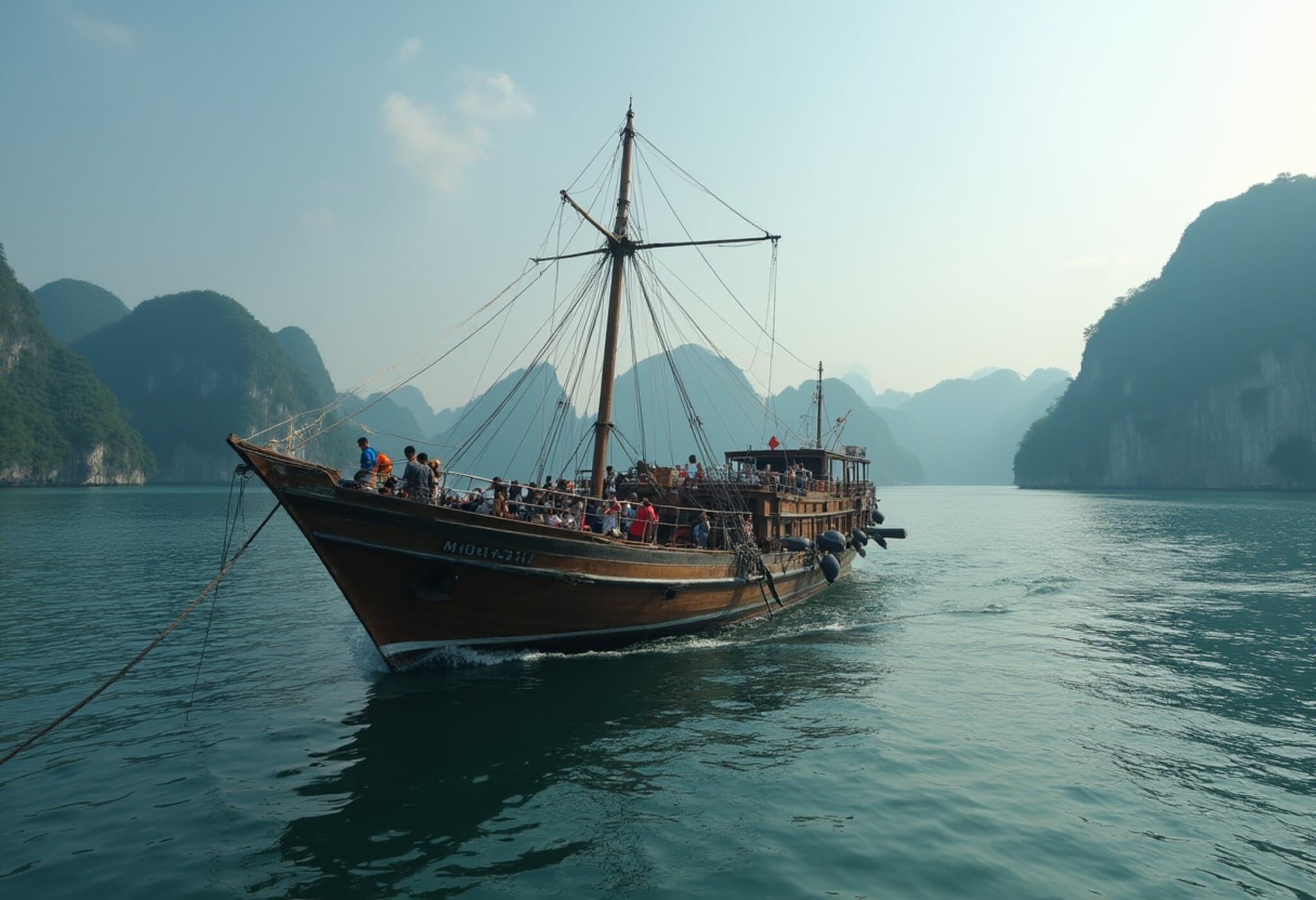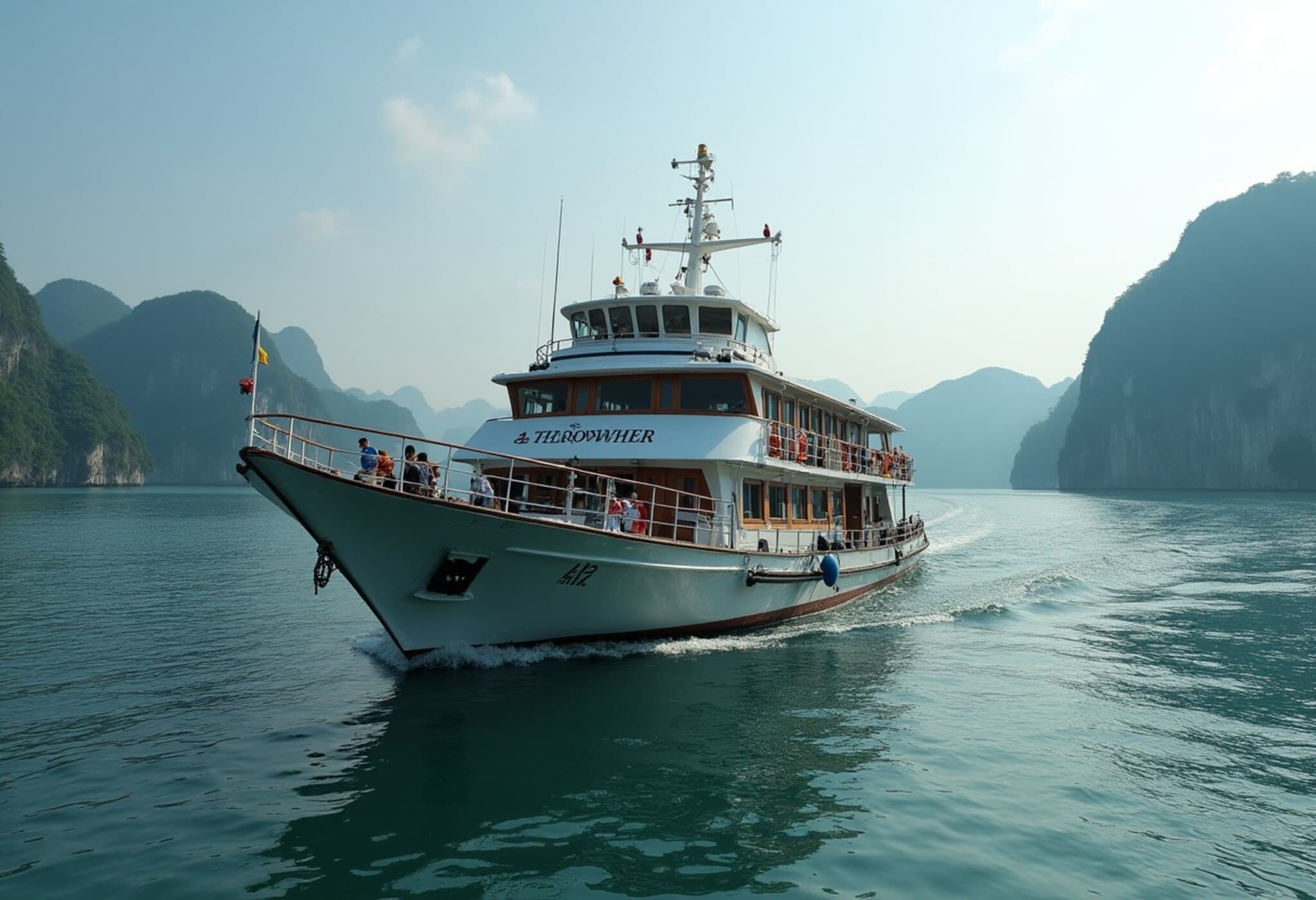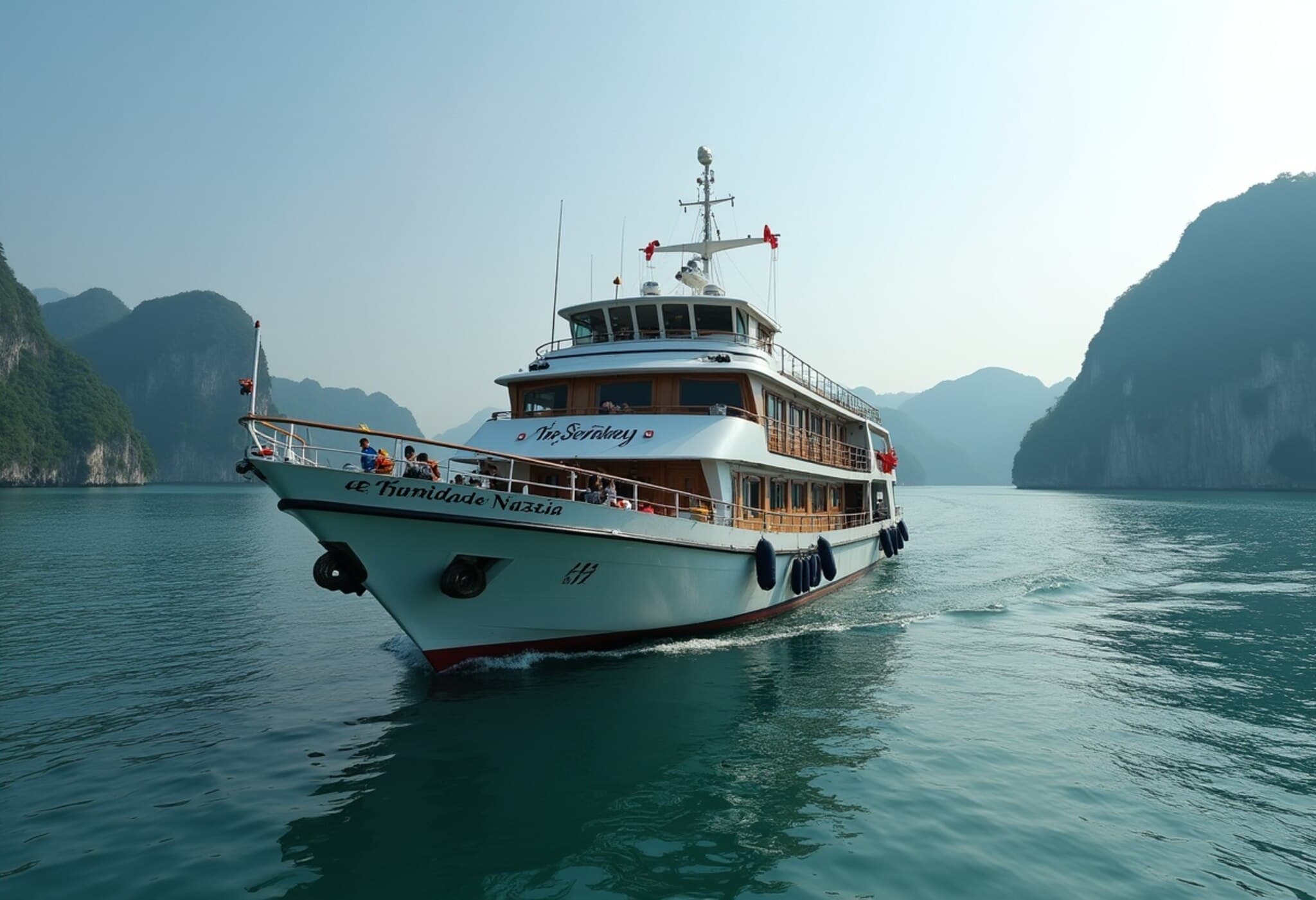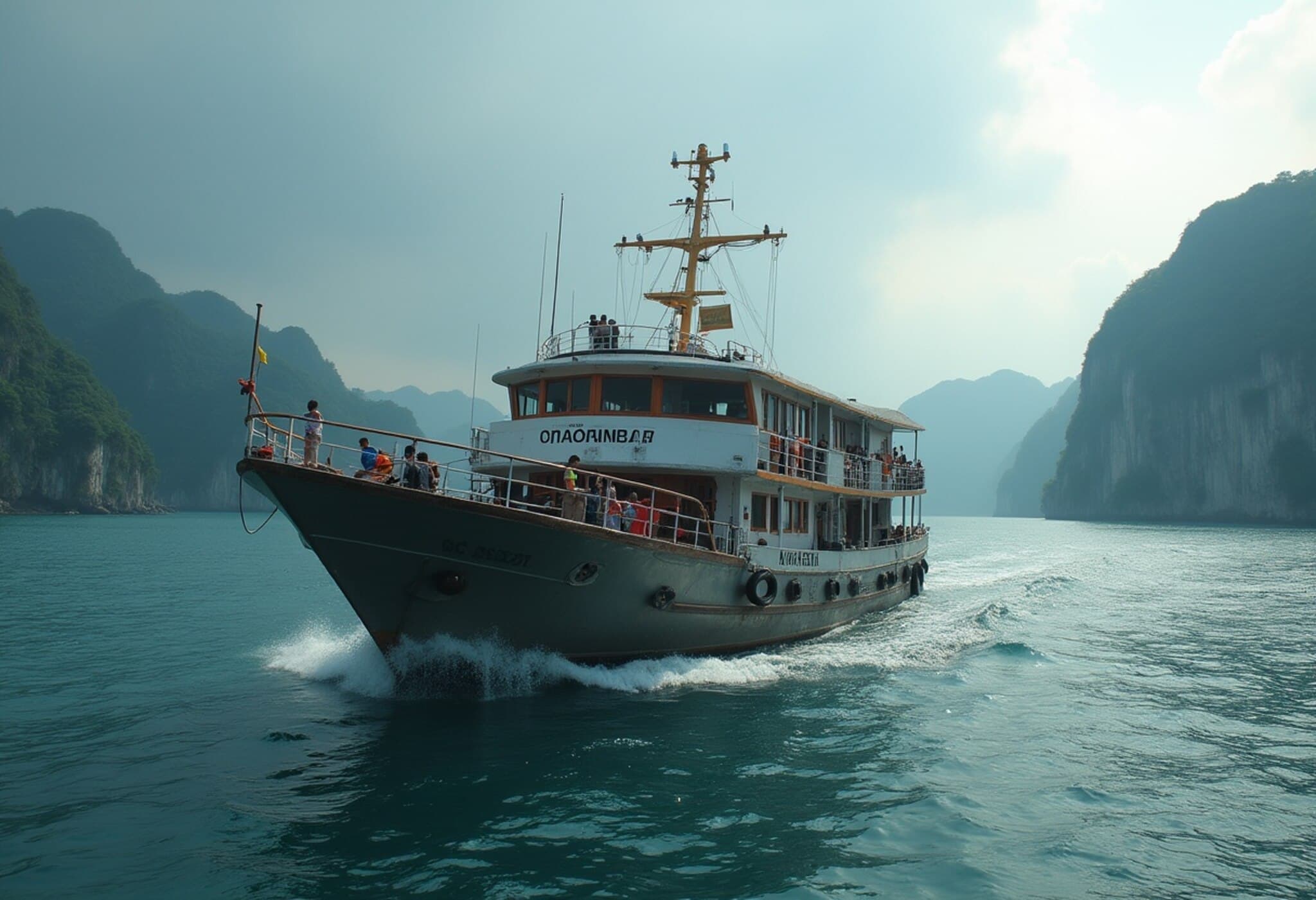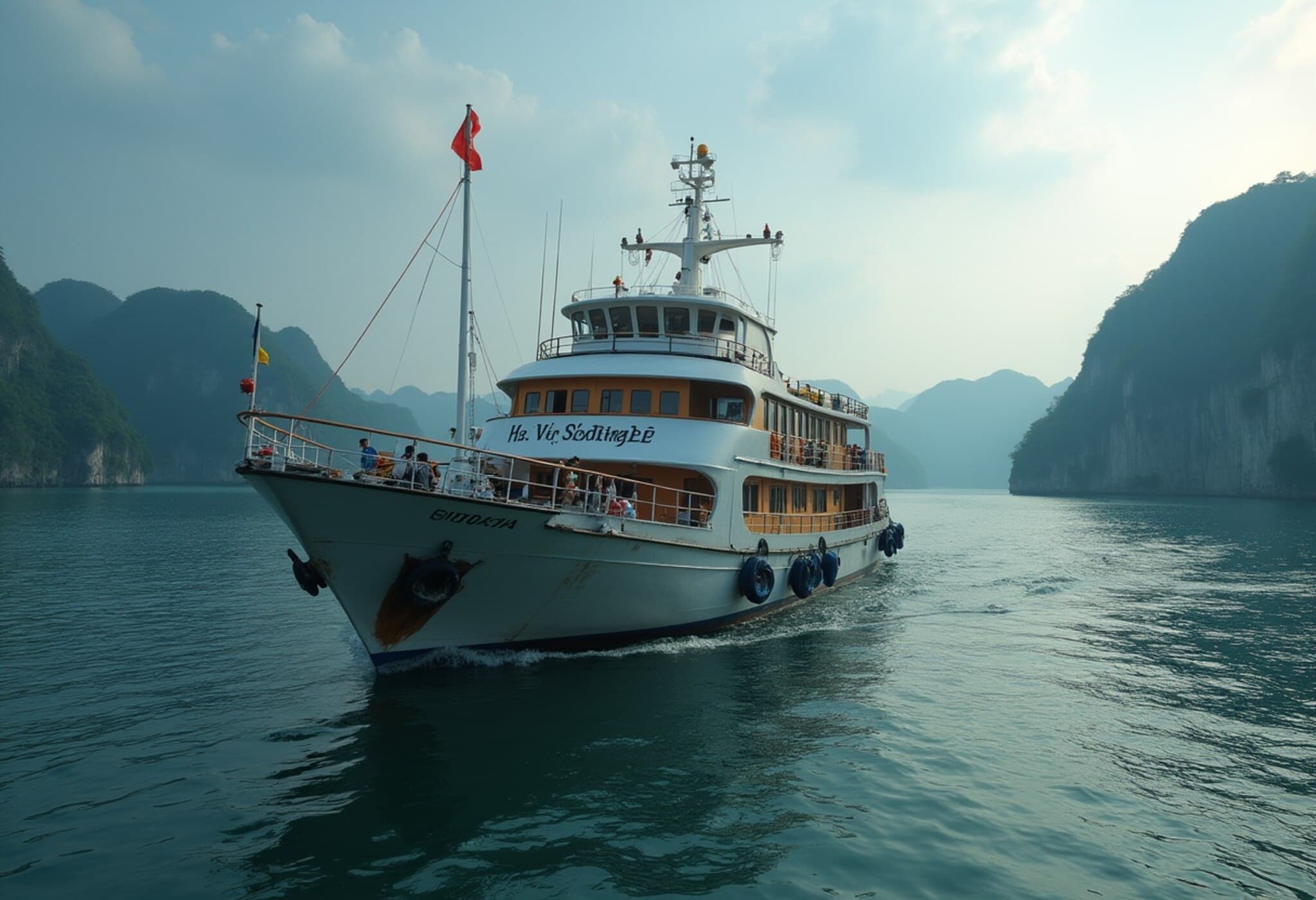Deadly Boat Accident Shakes Ha Long Bay, Vietnam
In a heartbreaking incident that has cast a shadow over one of Vietnam’s most cherished tourist destinations, a passenger boat tragically capsized in the waters of Ha Long Bay, resulting in the deaths of dozens of people. The accident occurred on July 20, 2025, sending shockwaves through the local community and the international tourism sector.
Details of the Disaster
The ill-fated vessel, carrying tourists on a popular sightseeing route among Ha Long Bay’s limestone islands and emerald waters, overturned under unclear circumstances. Initial reports suggest that overcrowding and sudden weather changes may have contributed to the tragedy, though investigations are ongoing.
Rescue officials rushed to the scene, initiating an emergency operation to save survivors and recover bodies. Unfortunately, despite their best efforts, many passengers succumbed to the capsizing, marking one of the deadliest maritime disasters in the region’s recent history.
Ha Long Bay: A Natural Wonder Shadowed by Tragedy
Ha Long Bay is celebrated worldwide for its stunning seascape, drawing millions of visitors each year. The area’s popularity with tourists has stimulated local economies but also strained maritime safety standards.
Experts in maritime safety caution that such disasters highlight underlying challenges faced by popular tourist hubs:
- Inadequate safety regulations or enforcement
- Overcrowding on vessels beyond recommended capacities
- Insufficient crew training and emergency preparedness
- Rapid, unpredictable weather changes in coastal areas
The Ha Long Bay incident serves as a grim reminder of the urgent need for stricter safety protocols, improved vessel maintenance, and better emergency response systems to protect both visitors and locals.
Human Faces Behind the Headlines
Beyond the numbers, the tragedy profoundly affects families and communities — many of whom depended on the thriving tourism industry for livelihoods. Survivors recount moments of terror and desperation amid the chaos, illuminating the human cost behind the statistics. This disaster also raises broader questions about how to balance tourism growth with sustainable and safe practices.
Regional and Global Implications
Maritime accidents like these are not isolated to Vietnam but resonate globally, especially in tourist-dependent economies. From a policy standpoint, governments must:
- Implement rigorous licensing and inspection regimes for passenger vessels.
- Invest in weather forecasting and early-warning systems tailored for coastal activities.
- Educate tourists and operators alike about safety measures and legal responsibilities.
- Foster international collaboration on safety standards through tourism and maritime organizations.
What’s Next: Accountability and Recovery
Vietnamese authorities have launched investigations to determine the precise causes and assess liability. Calls from international observers and victims’ families emphasize the need for transparent reporting and consequent reforms.
Meanwhile, efforts are underway to provide support to victims’ families and coordinate relief. This tragic event may act as a catalyst for meaningful change, compelling stakeholders to prioritize human life above all in the booming tourism sector.
Editor’s Note
The Ha Long Bay boat capsizing is a stark illustration of the risks lurking beneath the surface of idyllic tourist destinations. While the allure of natural beauty draws millions annually, this disaster urges us to confront the safety vulnerabilities that persist amid rapid tourism development. Readers are encouraged to reflect on the balance between economic benefits and human safety, and to advocate for comprehensive maritime regulations worldwide. How can we better protect lives while allowing tourism to thrive sustainably? The answer demands urgent attention.


